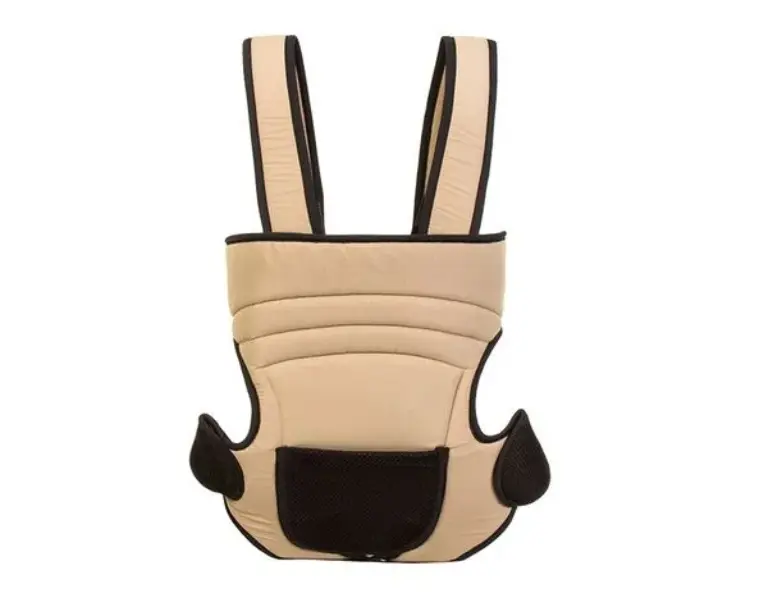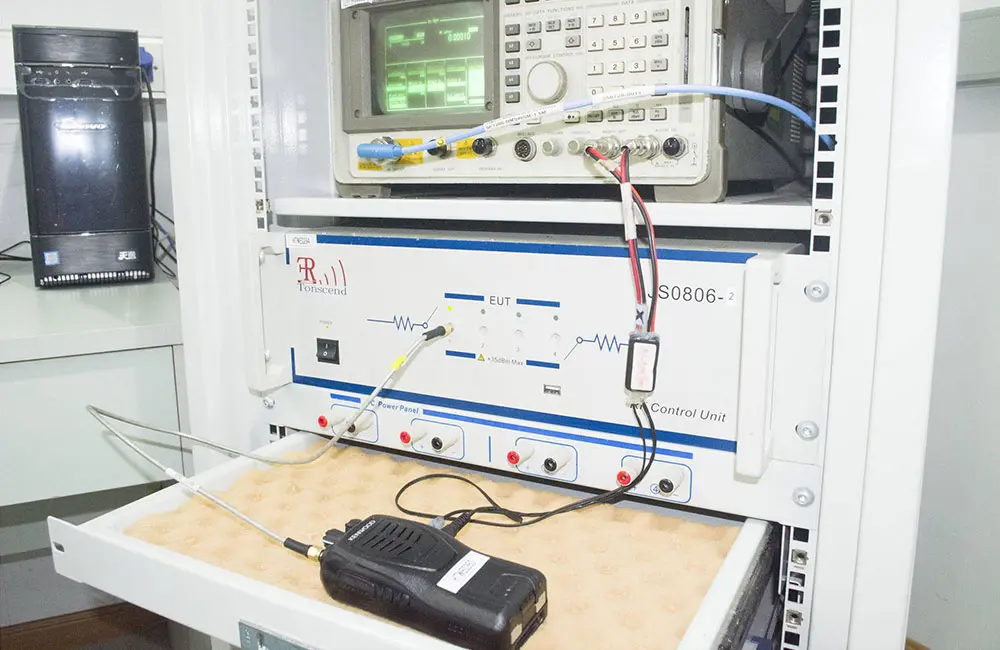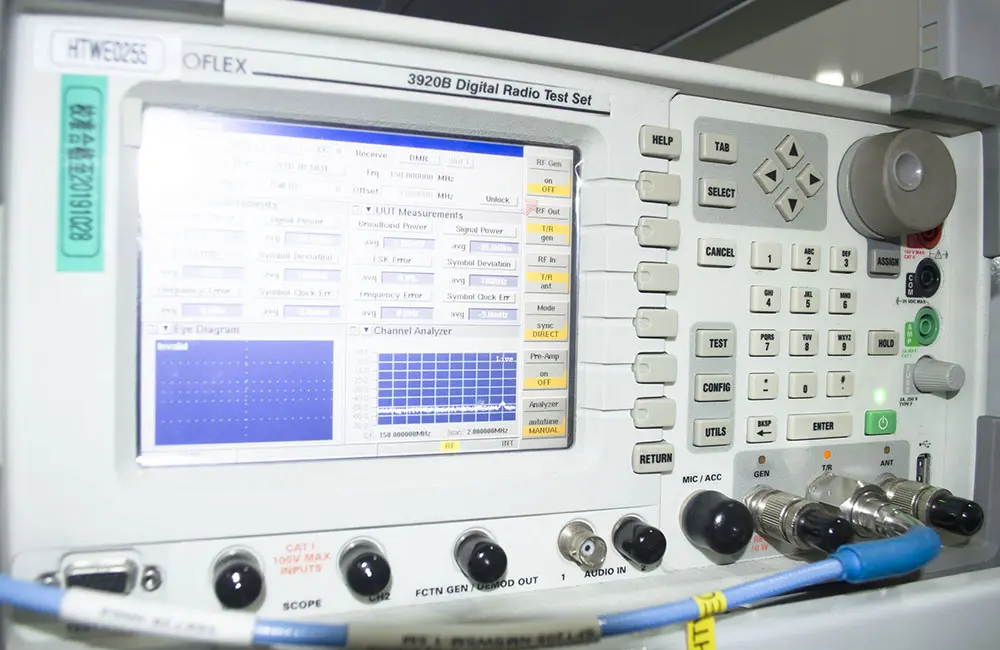
Amazon US Station Infant Carrier Certification Testing
Infant carriers have long been a popULar category in baby products. But did you know that the requiRED testing standards for different types of carriers vary significantly, even though their functions might seem similar? How can you determine which certification is necessary for the type of carrier you produce? Check out the following summary by China's JJR Laboratory on Amazon's safety requirements for different types of infant carriers on the US site!

[Slings] Safety Requirements
1. Product Definition
- A sling is designed to hold up to two children in an upright or reclined position, supported by the caregiver's torso.
- It is intended for use with infants (full-term) to children weighing up to 35 pounds (unless the manufacturer indicates a higher weight limit).
- Slings are made from fabric in various unstructured designs, such as hammock-shaped or long strips of material wrapped around the caregiver's body.
- This policy does not apply to soft infant carriers.
2. Safety Requirements
Amazon requires that all slings be tested and comply with the following:
- Mandatory requirements:
- cpsia (Lead and Phthalates)
- CPSA Section 14(a)(5) (Tracking Labels)
- 16 CFR Part 1130 (Durable Infant or Toddler Products Consumer Registration Requirements)
- One of the following safety standards:
- 16 CFR Part 1228 (Sling Safety Standard)
- ASTM F2907-21 (Standard Consumer Safety Specification for Slings) and 16 CFR Part 1228.2(b)(1) (Sling Safety Standard for labeling, if applicable)
- ASTM F2907-22 (Standard Consumer Safety Specification for Slings) and 16 CFR Part 1228.2(b)(1) (Sling Safety Standard for labeling, if applicable)
3. Required Documentation
- Company name (if applicable) and seller ID
- Contact information: email address and phone number
- List of all slings sold on Amazon
- Product names or models displayed on product detail pages
- Product instructions and manuals
- Images showing product labels, safety information, compliance marks, hazard warnings, and all sides of product packaging
- Test reports from a CPSC-accredited laboratory, including images of the tested product confirming it matches the product on the detail page
- Images or test reports confirming compliance with:
- Registration card requirements (16 CFR Part 1130)
- Mandatory tracking labels (CPSA Section 14(a)(5))
- Warning and hazard labels (as per ASTM F2907 or 16 CFR Part 1228, as applicable)
- A Children’s Product Certificate (CPC) for all slings
[Soft Infant Carriers] Safety Requirements
1. Product Definition
- Soft infant carriers are made from sewn fabric and designed to hold children (typically full-term infants to toddlers) in an upright position, allowing for close caregiver contact.
- Caregivers wear these carriers over one or both shoulders.
- Products commonly referred to as "slings" are not included in this definition.
2. Safety Requirements
Amazon requires that all soft infant carriers be tested and comply with the following:
- Mandatory requirements:
- CPSIA (Lead and Phthalates)
- CPSA Section 14(a)(5) (Tracking Labels)
- 16 CFR Part 1130 (Durable Infant or Toddler Products Consumer Registration Requirements)
- One of the following safety standards:
- ASTM F2236-14 (Safety Specification for Soft Infant Carriers)
- ASTM F2236-16 (Safety Specification for Soft Infant Carriers)
- ASTM F2236-16a (Safety Specification for Soft Infant Carriers)
- 16 CFR Part 1226 (Soft Infant Carrier Safety Standard)
3. Required Documentation
- Company name (if applicable) and seller ID
- Contact information: email address and phone number
- List of all soft infant carriers sold on Amazon
- Images of all products and packaging (showing all sides)
- Images or test reports confirming compliance with:
- Registration card requirements (16 CFR Part 1130)
- Mandatory tracking labels (CPSA Section 14(a)(5))
- Warning and hazard labels (as per ASTM F2236 or 16 CFR Part 1226, as applicable)
- Product instructions and manuals
- A Children’s Product Certificate (CPC) for all soft infant carriers
- Test reports from a CPSC-accredited laboratory, confirming compliance with the above standards
[Framed Child Carriers] Safety Requirements
1. Product Definition
- Framed child carriers are designed to carry children in an upright position on the caregiver’s back.
- They typically feature fabric sewn onto a metal tube or other structural frame.
- These carriers are intended for children who can sit upright unassisted and weigh between 16 and 50 pounds.
2. Safety Requirements
Amazon requires that all framed child carriers be tested and comply with the following:
- Mandatory requirements:
- CPSIA (Lead and Phthalates)
- CPSA Section 14(a)(5) (Tracking Labels)
- 16 CFR Part 1130 (Durable Infant or Toddler Products Consumer Registration Requirements)
- One of the following safety standards:
- 16 CFR Part 1230 (Framed Child Carrier Safety Standard)
- ASTM F2549-14a (Standard Consumer Safety Specification for Framed Child Carriers)
- ASTM F2549-22 (Standard Consumer Safety Specification for Framed Child Carriers)
3. Required Documentation
- Company name (if applicable) and seller ID
- Contact information: email address and phone number
- List of all framed child carriers sold on Amazon
- Images of all products and packaging (showing all sides)
- Images or test reports confirming compliance with:
- Registration card requirements (16 CFR Part 1130)
- Mandatory tracking labels (CPSA Section 14(a)(5))
- Warning and hazard labels (as per ASTM F2549 or 16 CFR Part 1230, as applicable)
- Product instructions and manuals
- A Children’s Product Certificate (CPC) for all framed child carriers
- Test reports from a CPSC-accredited laboratory, confirming compliance with the above standards
Email:hello@jjrlab.com
Write your message here and send it to us
 What is the meaning of EMC?
What is the meaning of EMC?
 Why EMC Test Is Required?
Why EMC Test Is Required?
 What is the Difference Between EMI and EMC?
What is the Difference Between EMI and EMC?
 What is the difference between CE EMC and CE LVD?
What is the difference between CE EMC and CE LVD?
 What Is the EU WEEE for Electronic and Electrical
What Is the EU WEEE for Electronic and Electrical
 What Is the ASTM D4316-95(2016) Hot Water Bottle T
What Is the ASTM D4316-95(2016) Hot Water Bottle T
 Amazon Electric Massager UL1647 Test Report
Amazon Electric Massager UL1647 Test Report
 What Is IEC 60068-2-5:2018 Solar Radiation Test?
What Is IEC 60068-2-5:2018 Solar Radiation Test?
Leave us a message
24-hour online customer service at any time to respond, so that you worry!




